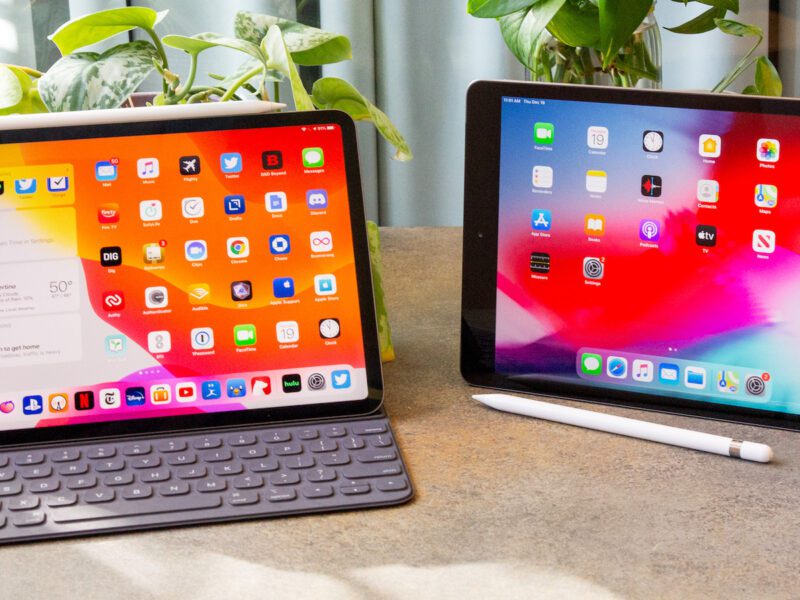
Transceiver, SFP, SFP+, QSFP28, and Network Switch: Enabling High-Speed Data Transfer
In the world of networking and data communication, the demand for high-speed and reliable data transfer has significantly increased. Transceivers and optical modules have played a crucial role in meeting these requirements. Among them, Small Form-factor Pluggable (SFP), SFP+, and Quad Small Form-factor Pluggable 28 (QSFP28) transceivers have become widely used solutions for interconnecting network switches, routers, and servers. Let’s delve into these technologies and explore how they contribute to seamless data transmission.
A transceiver, short for transmitter-receiver, is a device that combines both transmitting and receiving functions in a single unit. It converts electrical signals into optical signals for transmission over fiber optic cables, and vice versa. This enables data to be transmitted over long distances at high speeds. Transceivers come in various form factors, such as SFP, SFP+, QSFP28, etc., depending on their specific applications.
Starting with SFP, it is a compact and hot-pluggable transceiver module commonly used in Ethernet networks. SFP modules support data rates ranging from 1 Gbps (Gigabit per second) to 10 Gbps, making them suitable for both short and long-range fiber optic connections. They are designed to be easily interchangeable, allowing network administrators to upgrade or replace them without disturbing the entire network infrastructure.
SFP+ is an enhanced version of SFP, specifically developed to support higher data rates. It supports data rates up to 10 Gbps and even 16 Gbps in some cases. SFP+ modules use a smaller electrical interface, enabling higher port density on networking equipment such as switches. They are widely used in data centers and enterprise networks to support high-bandwidth applications and handle increasing data traffic.
QSFP28 takes the data transmission capabilities even further. Quad Small Form-factor Pluggable 28 modules can provide data rates of up to 100 Gbps per port, making them suitable for the most demanding networking applications. They are commonly used in high-performance computing, cloud data centers, and telecommunications networks. QSFP28 modules support various transmission technologies, including Ethernet, Fibre Channel, and InfiniBand, offering versatility and compatibility across different network architectures.
Now, let’s explore the role of network switches in conjunction with these transceiver technologies. A network switch is a central device that connects multiple devices within a network, allowing them to communicate with each other. Switches have multiple ports, and each port can be connected to a transceiver module to establish network links. The switch acts as a traffic controller, directing data packets to their intended destinations based on MAC addresses.
When combined with SFP, SFP+, or QSFP28 transceivers, network switches can facilitate high-speed data transmission between different devices. They provide flexibility in terms of bandwidth and connectivity options, enabling efficient communication and data transfer. Whether it’s connecting servers in a data center, linking switches in a local area network, or establishing long-distance connections between sites, these transceiver technologies empower network switches to meet the increasing demands of modern networking environments.
In conclusion, transceivers such as SFP, SFP+, and QSFP28, along with network switches, are essential components in enabling high-speed data transfer. These technologies have revolutionized the way data is transmitted over networks, offering greater bandwidth, scalability, and flexibility. As the demand for faster and more reliable connectivity continues to grow, transceivers and network switches will continue to evolve, pushing the boundaries of data communication and enabling the seamless flow of information across various networks.





